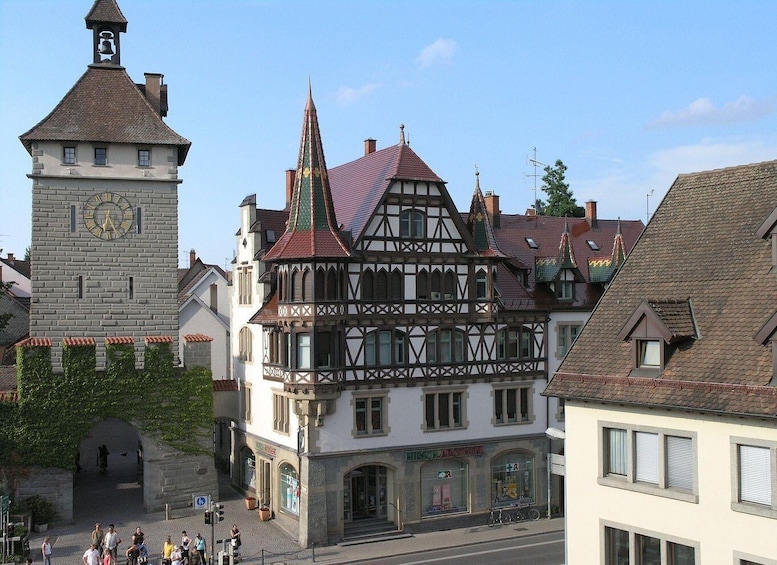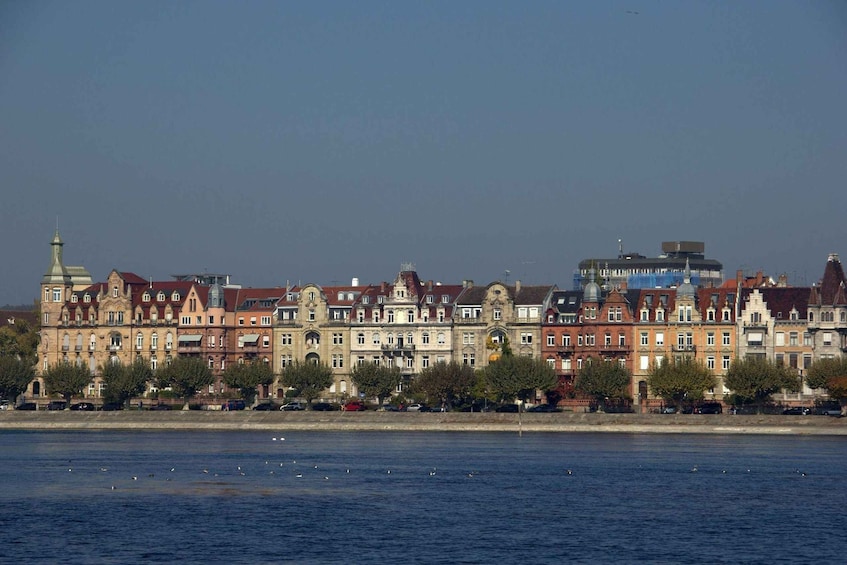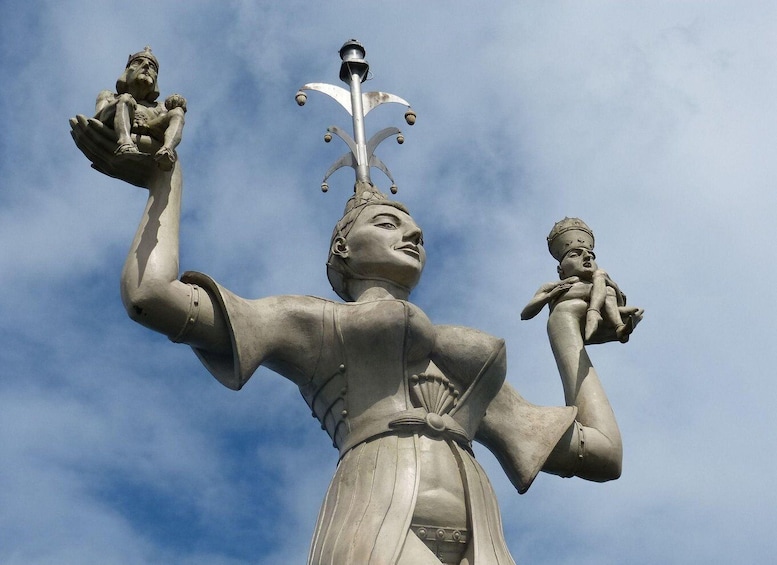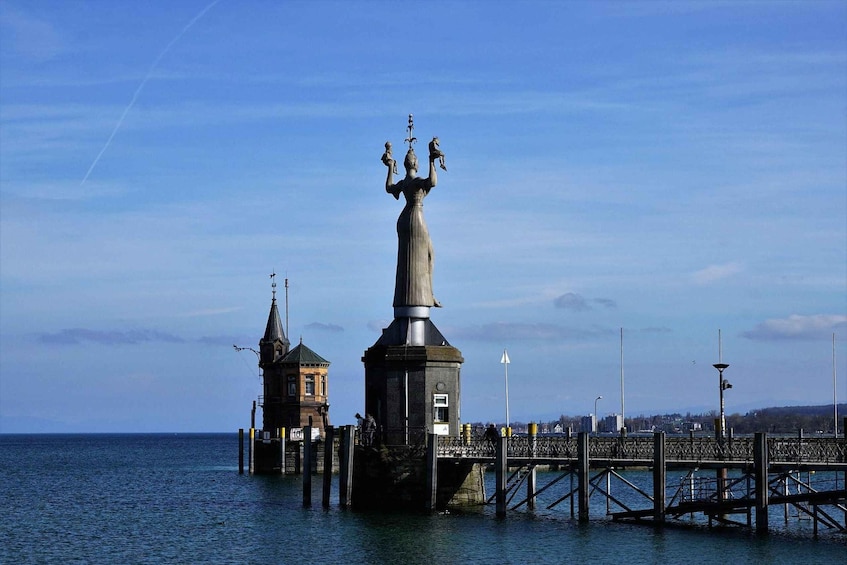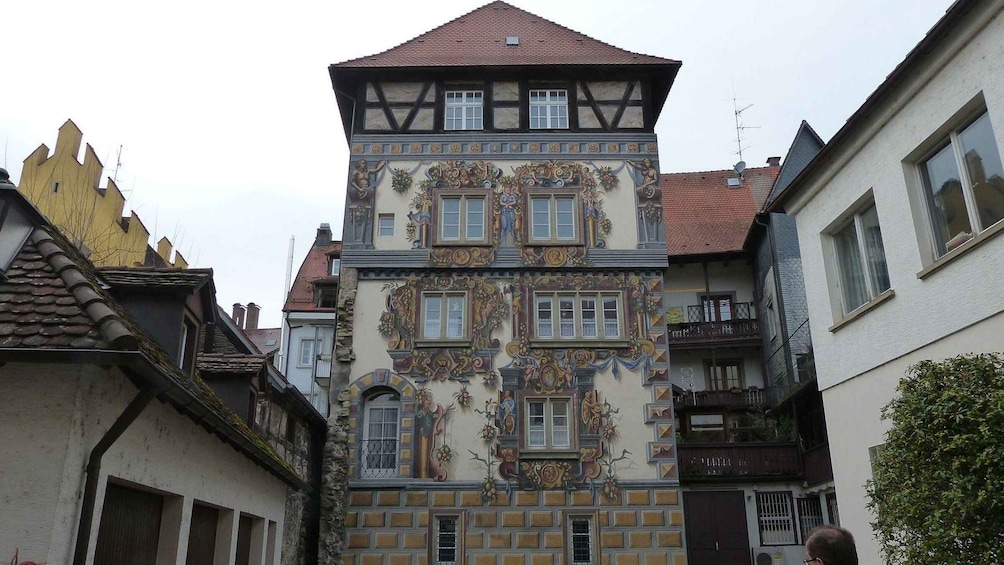Cuddling up to the Swiss border and with the Rhine River splitting the city in two, Constance had its share of historical events. From the Roman emperors to medieval traders and bishops of the 15th century, all left their mark on this city, located at the crossroads of main routes of commerce between Italy, France and Eastern Europe.
Learn the storey behind the Imperia Statue, in the Marina. Commemorating the Council of Constance that took place there between 1414 and 1418, the statue represents a woman holding two naked men in her hands. One is Pope Martin V, the one elected during the Council and the other one is Emperor Sigismund, the king who called the council. Both are naked except for the crown and papal tiara, the symbols of their power. See the Council building. Built-in the 14th century and used as a granary and a warehouse for a long time, this is the place where Pope Martin V was elected. Another monument reminds us of Count Ferdinand von Zeppelin, the inventor of the zeppelin who was born in Constance in 1838. Admire the Jesuit Church and the town theatre, the oldest stages in German-speaking regions. See the Triumph of Satire Fountain, a sculpture consisting of more than 30 comical figures and several water basins. Visit the Stephanskirche, a church of Romanesque origin decorated with rococo elements and with some very impressive glass paintings on the round-arched windows, and go through the square where in the Middle Ages it used to be the place for executions and community affairs.
